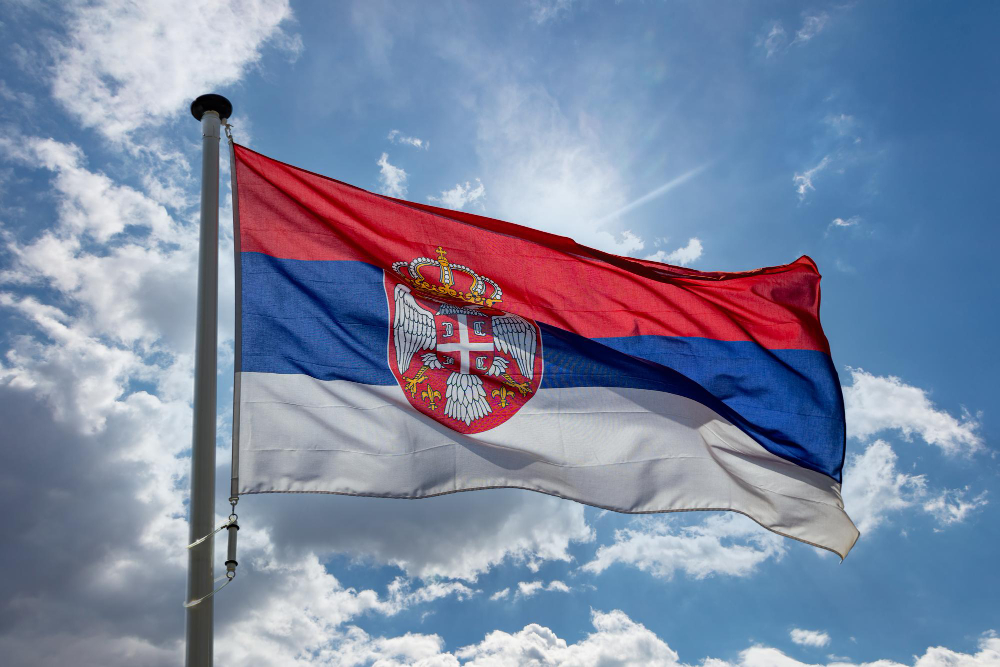
Serbia is emerging as a competitive European destination for medical tourism, attracting patients from Western Europe, North America, and nearby Balkan and Eastern European countries. With its strategic location in the heart of the Balkans, a cost-effective healthcare system, and an increasing number of internationally accredited clinics, Serbia offers an attractive alternative for patients seeking quality care without the high price tag. Cities like Belgrade, Novi Sad, and Niš are at the forefront, boasting modern hospitals, experienced professionals, and a growing international patient base.
In Serbia, old-world charm meets cutting-edge medical science. The country’s long tradition in healthcare education and strong public health system is now complemented by private clinics equipped with state-of-the-art technology. From cosmetic surgery to complex orthopedic procedures, Serbia is rapidly gaining a reputation for delivering Western-quality care with Balkan warmth and affordability. Government support for medical tourism, along with transparent pricing and tailored packages, is helping Serbia climb the ranks as a medical tourism hub.
Serbia is particularly well-known for cosmetic and plastic surgery, dental procedures, and fertility treatments, all offered at significantly lower costs than in the U.K., U.S., or Germany. The country also excels in ophthalmology (LASIK, cataract surgery), orthopedic surgery, cardiology, and rehabilitation medicine.
Many clinics use the latest technologies, such as 3D imaging for dental implants or robot-assisted surgery in urology and orthopedics. IVF centers in Serbia report competitive success rates, and many cosmetic surgeons are trained abroad with experience in aesthetic procedures tailored to international standards.
Patients benefit from short waiting times, customized medical tourism packages that include accommodation and transport, and personal consultations with English-speaking specialists. These high-value offerings, combined with affordability, make Serbia especially attractive for uninsured or underinsured patients from Western countries.
Serbia is well-connected with direct flights from most major European cities, and Belgrade Nikola Tesla Airport serves as the primary international gateway. The visa process is straightforward, with many travelers eligible for visa-free entry for stays under 90 days.
Upon arrival, international patients often receive full support, including airport pick-up, interpreters, and personal medical coordinators. English is widely spoken in the private healthcare sector, ensuring ease of communication throughout the treatment journey.
Hospitals and clinics accommodate a wide range of cultural and religious needs—offering halal meals, prayer rooms, and gender-sensitive care when requested. Serbia’s peaceful surroundings, historical towns, thermal spas, and riverside retreats create an ideal backdrop for recovery and rest, making it a destination where medical care and wellness naturally intersect.
Serbia’s healthcare system is regulated by the Ministry of Health, with strict oversight for licensing, hygiene, and patient safety. Many private clinics and hospitals that cater to foreign patients meet or exceed international standards, and a growing number are ISO-certified or follow EU healthcare protocols.
Digital recordkeeping, infection control, and post-operative monitoring are actively implemented in private institutions. In rare cases of malpractice, patients have legal recourse through both the national healthcare system and civil courts.
Most clinics offer remote follow-up consultations, detailed recovery plans, and—when needed—partnerships with rehabilitation centers for post-surgical therapies. For long-term treatments like oncology or orthopedic rehab, extended care accommodations are often arranged to support healing in a relaxed and culturally comfortable environment.
Serbia is a rising star in the European medical tourism landscape, offering a powerful combination of affordability, quality, accessibility, and cultural hospitality. Whether for aesthetic enhancement, dental restoration, or advanced medical care, Serbia provides a high standard of treatment with a personalized and human-centered approach. With its modern clinics, multilingual doctors, and natural healing environments, Serbia is increasingly seen as a smart choice for international patients seeking safe and affordable healthcare abroad.
1. Why choose Serbia for medical tourism?
Serbia offers high-quality care at affordable prices.
2. What treatments are most popular in Serbia?
Cosmetic surgery, dental work, IVF, eye care, and orthopedic procedures.
3. Is medical care in Serbia safe?
Yes, private clinics follow strict international safety standards.
4. Are Serbian doctors qualified?
Yes, many are trained abroad and speak English fluently.
5. Do hospitals offer support for international patients?
Yes, services include translators, transport, and medical coordinators.
6. How affordable is treatment in Serbia?
Prices are much lower than in the U.S., U.K., or Western Europe.
7. Can I travel easily to Serbia?
Yes, Serbia is well-connected by air and offers visa-free entry for many.
8. Is English widely spoken in hospitals?
Yes, especially in private clinics serving international patients.
9. Are recovery services available?
Yes, including rehab centers and wellness spa partnerships.
10. What cities are best for medical tourism in Serbia?
Belgrade, Novi Sad, and Niš have top clinics and hospitals.
11. Is my privacy protected during treatment?
Yes, digital records and confidentiality are strictly maintained.
12. What is the local currency in Serbia?
The Serbian Dinar (RSD).
13. What language is spoken?
Serbian, but English is common in private medical settings.
14. What time zone is Serbia in?
Central European Time (CET), UTC +1 (UTC +2 in summer).
15. How can I book treatment in Serbia?
Many clinics offer direct booking online with package options.